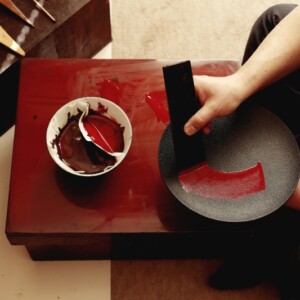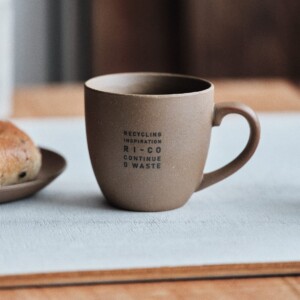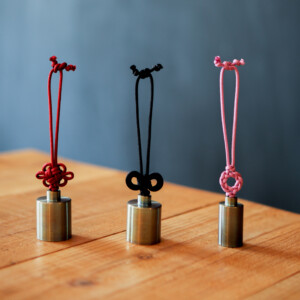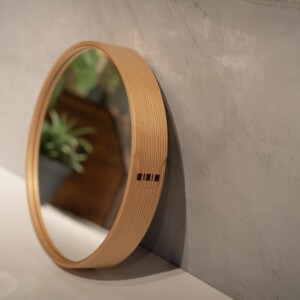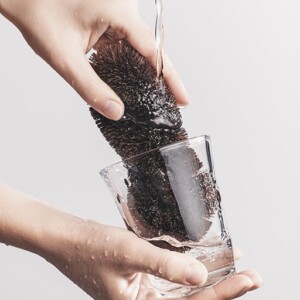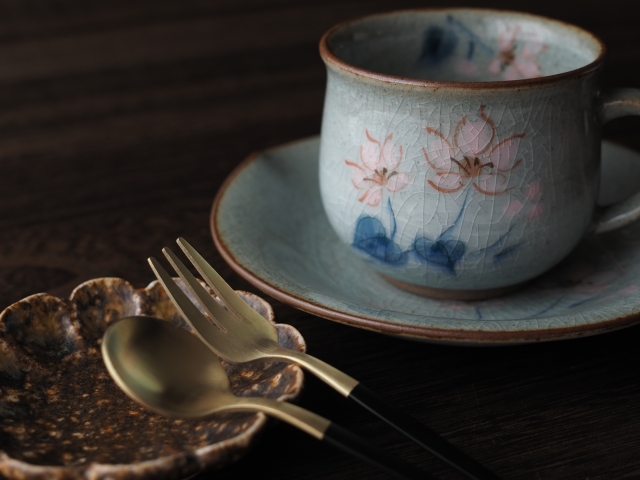
What is the charm of Imariyaki? Explanation based on its characteristics and history!
In recent years, Imariyaki, highly acclaimed in Europe as “Imari,” is one of Saga Prefecture’s representative pottery products.
In this issue, we will explain the appeal of Imariyaki based on its characteristics and history.
Characteristics of Imariyaki
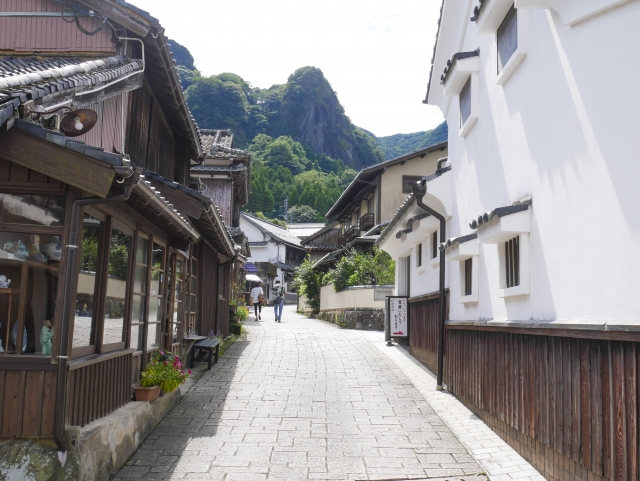
Imariyaki is a ceramic ware born in Arita Town, Saga Prefecture.
In contrast to pottery, which is fired at a low temperature of 800 to 1,250 degrees Celsius, porcelain is made of crushed feldspar clay and fired at a high temperature.
There are many well-known ceramics in Japan, and Imariyaki is one of the most famous production areas along with Arita-yaki and Kutani-yaki.
Differences from Arita-yaki
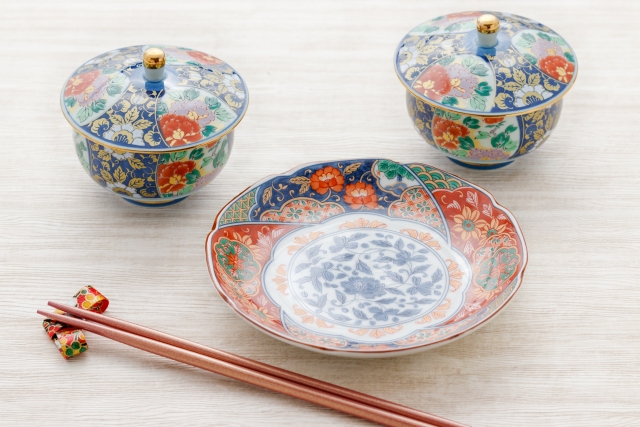
Many people may think of Arita-yaki when they think of ceramics in the town of Arita, Saga Prefecture.
Arita-yaki is the name given to ceramics produced in and around Arita Town, Saga Prefecture, and is also known as the first ceramics produced in Japan.
When Arita-yaki first came to be distributed in the domestic market, it was also called Imari-yaki because it was shipped from the port of Imari.
In other words, Imariyaki was originally used as another name for Arita-yaki. Imariyaki began when Arita-yaki was shipped from the Port of Imari, and today it refers to porcelain made in the Imari area.
In the Meiji era (1868-1912), as logistics changed from ships to railroads, ceramics produced in the Arita district came to be classified as Arita-yaki and those made in the Imari district as Imari-yaki.
Arita-yaki porcelain is made in a wide range of products, from luxury items to tableware suitable for daily use, while Imari-yaki porcelain is often used for dignified pieces that are offered to the nobility.
What is Ko-Imari?
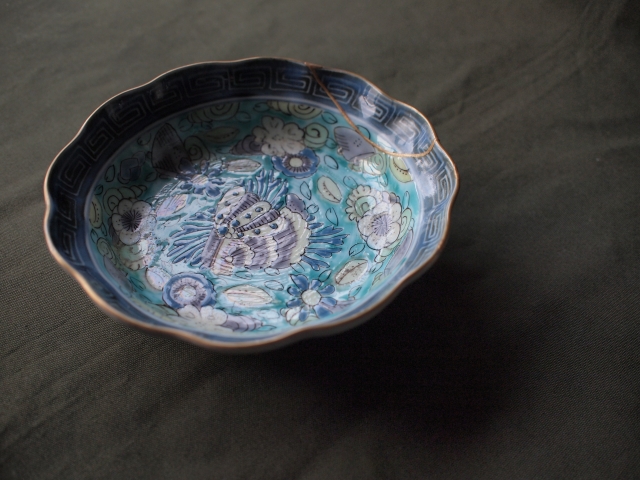
Among Imariyaki ceramics, the works made in the Edo period are called “Koimari”.
Current Imariyaki refers to pieces made in the Imari area, but Koimari is not limited to that.
At that time, even ceramics made in Arita Town were called Imariyaki if they were brought from the port of Imari, so some of the Ko-Imari pieces originated in Arita Town.
A major characteristic of Ko-Imari is that it has high value as an antique.
In Europe, it was highly valued by the royalty and aristocracy, and even today it is called “Old Imari” and is highly valued.
History of Imariyaki
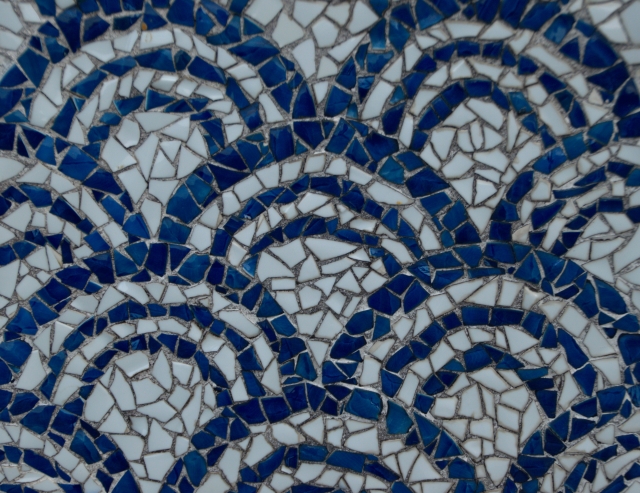
Next, the history of Imariyaki will be explained in detail.
Origins of Japanese Porcelain
Imariyaki and Arita-yaki were the first ceramics produced in Japan.
During the Korean invasion in the reign of Toyotomi Hideyoshi, Nabeshima Naoshige, the founder of the Saga Clan, brought potters from the Korean Peninsula back to Japan.
One of them, Ri Sanpei, discovered high-quality pottery stones at Mount Izumiyama in Arita Town in 1616.
Since then, for 400 years, the ceramic stones from Izumiyama have supported the production of Imariyaki and Arita-yaki ceramics.
In 1980, a part of Izumiyama was designated as a National Historic Site, and the view of how the mountain was cut down to the extent that a whole mountain was lost shows how many ceramics were produced in Arita Town.
Today, Imariyaki is generally made from ceramic stones from Amakusa in Kumamoto Prefecture.
The Beginning of Overseas Export
In the 1600s, when Arita-yaki porcelain was born, “Jingdezhen porcelain” from China was famous.
However, the change of Chinese dynasties that occurred around 1644 had an impact, and the volume of exports from China dropped dramatically.
As a result, ceramics produced in Arita attracted attention and began to be exported overseas in 1647.
In 1640, Japan was closed to the outside world, but only China and the Netherlands were allowed to trade, and Imariyaki was also exported.
In addition, there are records of Imariyaki being shipped to Vietnam.
In 1959, full-scale exports to Europe began.
From then on, Imariyaki was loved by European royalty and aristocrats, and was incorporated as decorative items to adorn their palaces.
It is said that the famous German kiln Meissen was also created in admiration of the beauty of Imariyaki.
Modern Imariyaki
Imariyaki, which has been cultivated over 400 years of history, is classified together with Arita-yaki into three patterns: “Ko-Imari,” “Kakiemon,” and “Nabeshima.
Even today, the beautiful white porcelain of Imariyaki, from daily necessities to decorative items, is one of the most popular pottery loved by many people.
Charm of Imariyaki
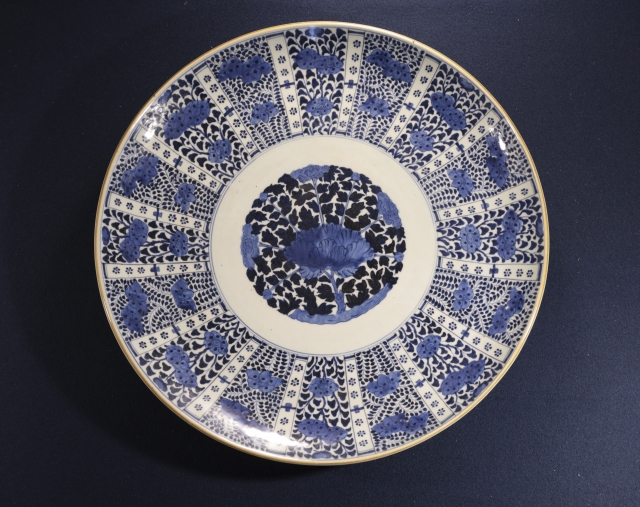
Imariyaki is a ceramic ware with various charms.
The following three main attractions are explained here.
The beauty of white porcelain
The most attractive feature of Imariyaki is its stunningly beautiful white porcelain surface.
The delicate workmanship achieved by the techniques and precise handwork that have been passed down over the years by craftsmen attracts people from all over the world.
The beauty of Imariyaki is refined enough to fit in with any setting, and it was valued as interior decoration in Europe.
Sophisticated design
One of the points for which Imariyaki is highly regarded is the design of the dyeing process.
The indigo pigment called “Gosu” is mainly used, but the “Akae” technique, in which colors are layered over glazed porcelain, is also popular.
Both of these techniques are used to create a gorgeous color on the white surface of the porcelain and accentuate the beauty of Imariyaki.
In addition, the patterns on Imariyaki are hand-painted by artisans.
The brushes used are made of squirrel hair, and intricate and delicate patterns are drawn.
The extremely precise and sophisticated designs that are painstakingly created in this way also contribute to the sense of luxury that Imariyaki radiates.
In the latter half of the Meiji period (1868-1912), in addition to handwritten designs, the use of seal stamps (called “inban”) and printed designs also became common.
Imariyaki finished with seal stamps and prints are often used for Sunday utensils.
High durability
Imariyaki, which is made of ceramics, is highly durable due to the nature of the raw material, ceramic stone.
Ceramic ware is fired at a high temperature of over 1,350 degrees Celsius, so it can be used without problems even when hot food is placed in it or when it is heated.
Furthermore, Imariyaki is thinner and lighter than other ceramics.
Because of its strong and lightweight characteristics, Imariyaki is a very useful type of pottery for tableware.
Representative Potteries of Imariyaki
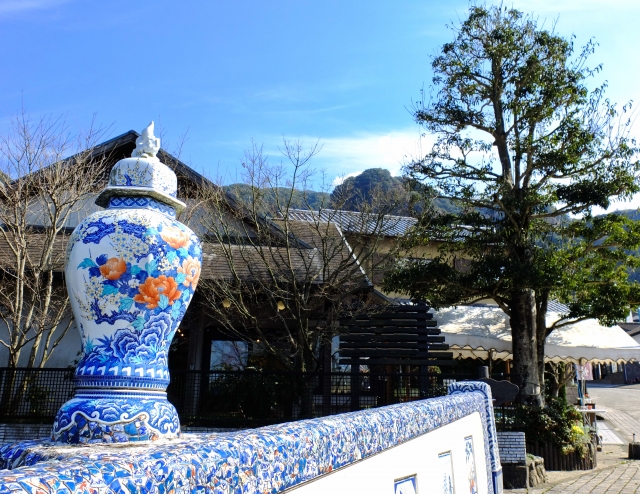
Rosangama Kiln
Rosangama Kiln is a kiln that continues the tradition of the Nabeshima domain kilns, which were government-run kilns created by the Saga Nabeshima domain in the Edo period.
Even after the abolition of the domain kilns in the Meiji era (1868-1912), the kilns became independent as private kilns, and continue to produce Imariyaki that still attracts many people today.
Originally, the Nabeshima domain kilns were government kilns, and they produced the highest quality ceramics without regard to profitability.
For this reason, it is said that many common people were unaware of its existence.
One of the characteristics of Nabeshima domain kilns is a traditional technique called iro-nabeshima.
Iro-Nabeshima is a technique in which underglaze blue gozu is used for the underglaze painting, and after firing the overglaze painting is done using red, yellow, and green colors, rarely using other colors.
The ability to create delicate patterns using a limited number of colors is one of the great charms of Iro-nabeshima.
Rosangama kilns use non-toxic paints to make products that are safe to use while maintaining the technique of Iro-Nabeshima, which is considered the pinnacle of Japanese porcelain.
Sebei Kiln
Sebei Kiln is an Imariyaki pottery established in 1924.
The company produces pottery that is in harmony with nature and uses natural materials as much as possible.
Of course, they are particular about the pigments used for painting, and in particular, the technique of overglaze painting using transparent red pigments is unique to Sebeigama.
The gentle texture that can be expressed only with natural materials can be said to be the charm of Sebeigama.
Conclusion
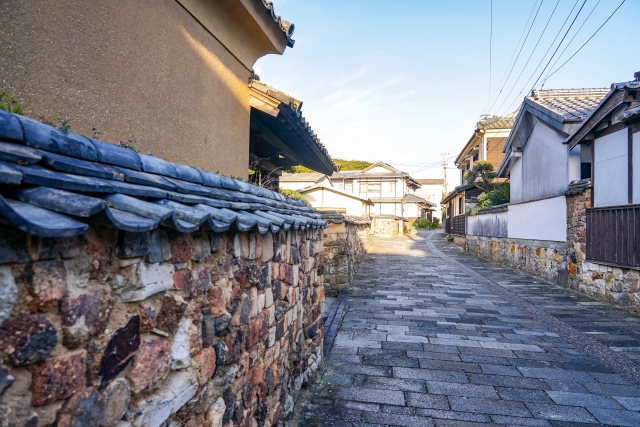
Imariyaki refers to porcelain made in the Imari area, where Arita-yaki porcelain was first shipped from the port of Imari and is now known as Imariyaki.
The beautiful white porcelain surface attracted many people, and was even used by royalty and aristocrats in Europe.
The technique of Imariyaki, which has been handed down for 400 years, is still being practiced today, and many potteries continue to produce Imariyaki porcelain.
In recent years, traditional pieces as well as modern styles can be seen, so if you have a chance to visit the Imari area in Arita Town, Saga, why not visit the kilns as well?



